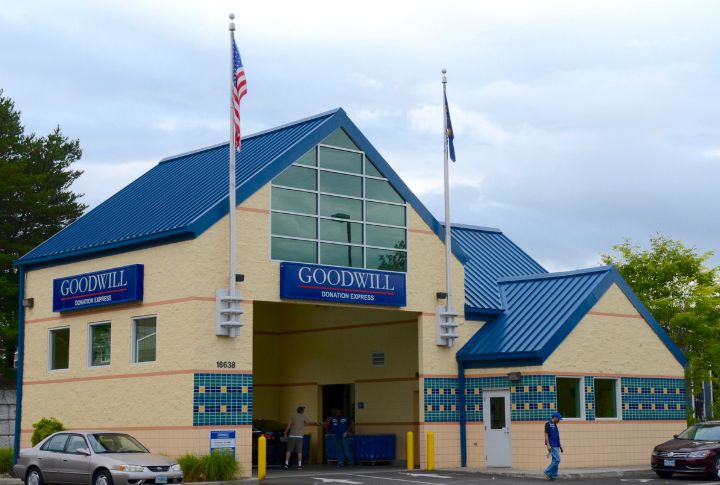
We’ve all been there—cleaning out our closets, collecting those old clothes, shoes, and random household items, thinking, “I’ll just drop these off at Goodwill.” It feels like the perfect solution: declutter your home and help a good cause at the same time. But before you load up your car, you might want to think twice.
Overwhelmed by Excess
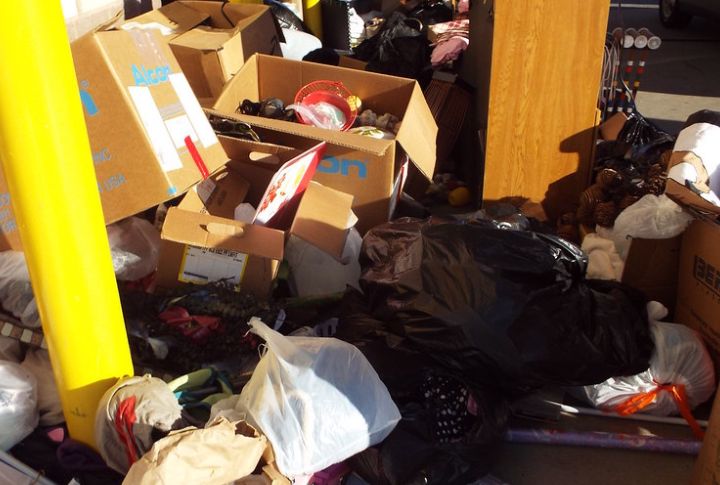
Goodwill receives more donations than it can handle, and not all find new homes. Many items end up in landfills, which defeats the purpose of donating in the first place. Instead, consider alternative organizations or local shelters that might be in dire need of specific items.
Items Are Not Always Free
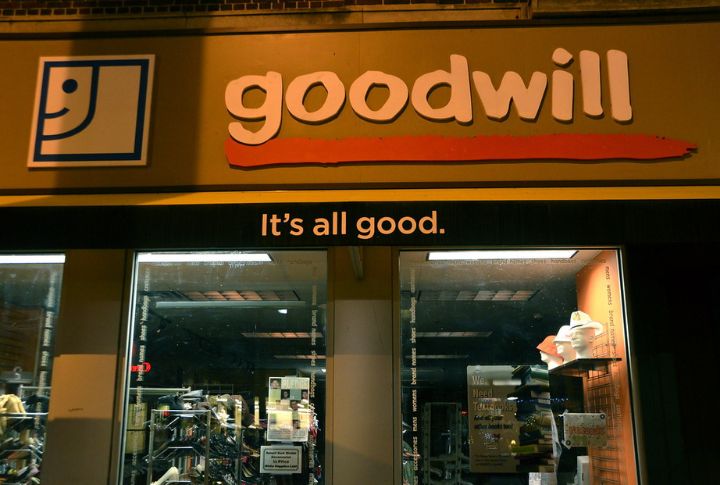
Contrary to what some might think, Goodwill operates more like a thrift store than a charity. They sell donated items at prices that low-income individuals may find difficult to afford. Exploring options like free community swap groups will ensure the items go directly to them.
Not All Items Make the Cut
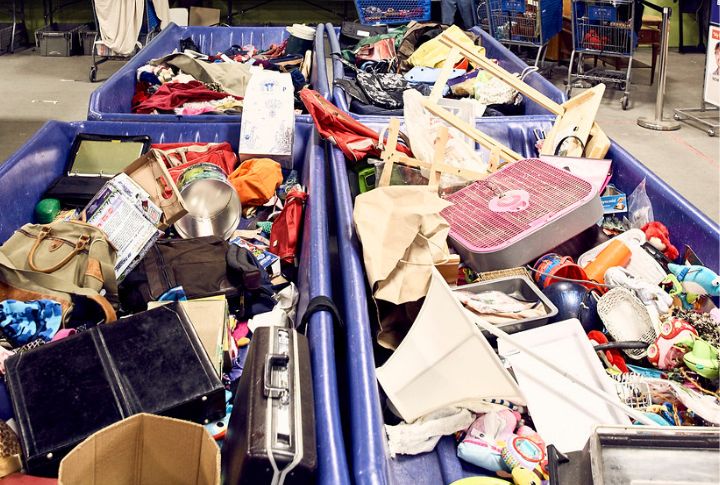
Items that are out of season, outdated, or slightly damaged might not even hit the sales floor. Many of these discarded donations add to the burden of waste management, with some stores shipping them off to developing countries, where they can negatively impact local economies.
Questionable Environmental Impact
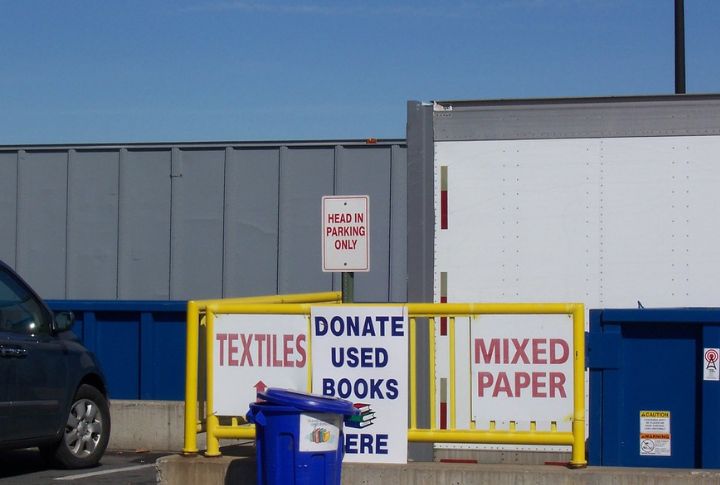
While donating feels like a green choice, the reality is more complex. The store and similar organizations often sell excess donations to textile recyclers, and many of these goods may end up in landfills. Instead, engage in eco-friendly alternatives, like upcycling or selling online.
Not Every Purchase Supports Charity
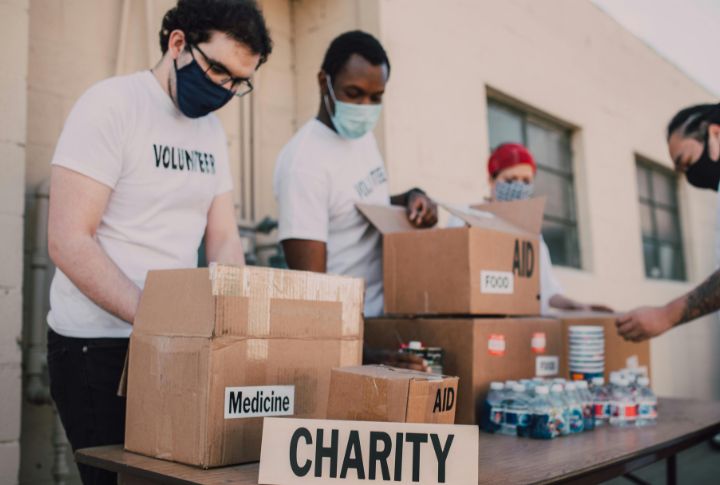
Only a portion of Goodwill’s revenue goes toward community programs. Most earnings are used for overhead and operations, including executive salaries. If your goal is to support a cause, it might be worth researching local charities where more proceeds benefit those in need.
Not All Locations Are Equal
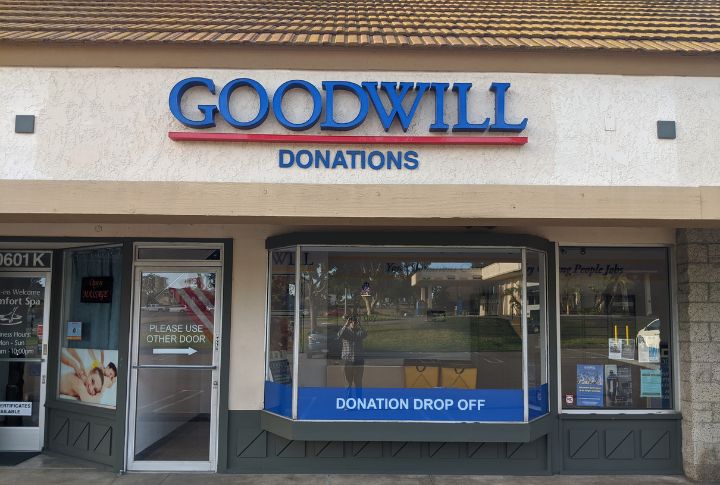
Goodwill operates under a franchise model, meaning each location is run independently. This results in inconsistent practices, from pricing to the quality of items accepted. You might find that donating to smaller, local thrift stores offers more transparency and community impact.
The Decline of Quality

The influx of fast fashion has led to a decline in the quality of donations. Goodwill stores are flooded with cheaply made, worn-out clothing that struggles to sell. Donating higher-quality items to specific organizations might ensure they are put to better use.
Potential Resale of Donated Items
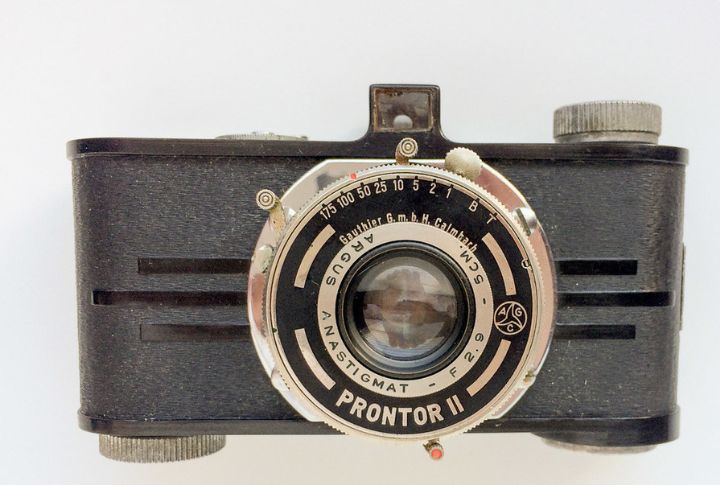
Some donated items, especially those with significant value, are resold online by Goodwill through auction sites like ShopGoodwill.com. While this might help generate revenue, it also means your intended gift for someone in need ends up in the hands of a collector or reseller.
The Impact on Local Markets

Goodwill can harm local markets in developing countries when it ships unsellable items overseas. The influx of cheap, second-hand goods can stifle local production and disrupt economies. Being mindful of where and how you donate can help mitigate this issue.
There Are Better Alternatives
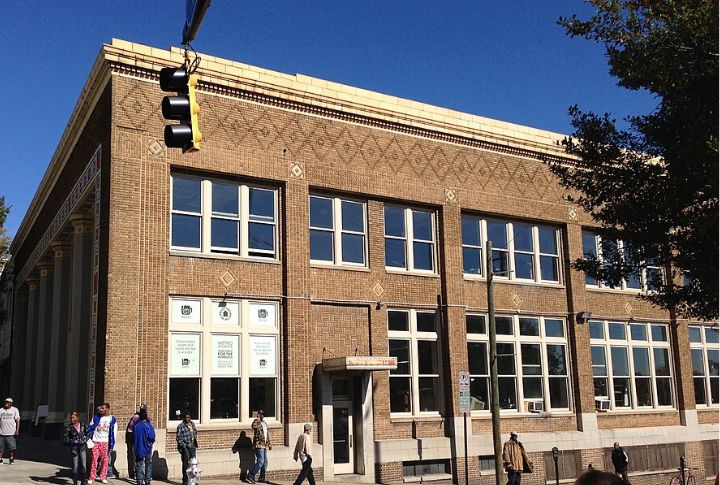
Many organizations with a more targeted approach might better use your items. For example, women’s shelters, refugee support groups, or animal rescues often need specific items that might not be accepted at Goodwill.
